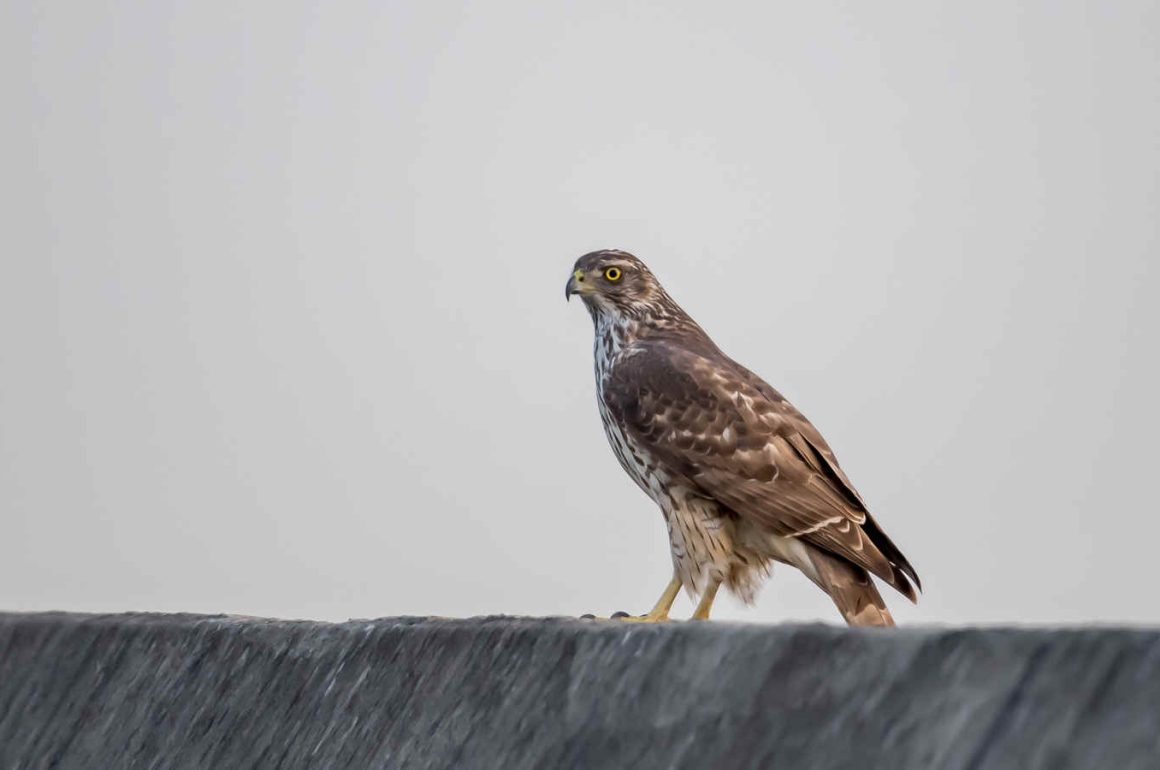
“Forever chemicals” is the colloquial term for per- and polyfluoroalkyl substances (PFAS). Chemically, these are synthetic organofluorine compounds that have multiple fluorine atoms attached to an alkyl chain.
Perfluorooctanesulfonic acid, an example of a PFAS. Note the alkyl chain with the attached multiple fluorine atoms

These substances are widely used in non-stick cookware, waterproof fabrics, firefighting foams, and many industrial applications. They are highly persistent in the environment (they do not degrade much) and bioaccumulative, so they build up in organisms over time.
Initially, they were assumed to be nonreactive and therefore harmless. This assumption was supported by producers of the material even though evidence mounted that PFAS harm the health of humans and other animals. Even the Trump administration got involved in 2018, stopping the publication of a study demonstrating the negative effects of PFAS on human health (source).
That was inconsistent, to put it mildly. While Mr. Trump states his concern for birds when talking about wind turbines, he seemed to care less about them in this case by ignoring the negative effects of PFAS on birds. Such as:
Reproduction
PFAS can deform bird embryos and reduce the number of successfully hatching chicks. Eggs contaminated with PFAS can contain lower amounts of yolk protein or have changed hormone concentrations. For example, the reproductive success of Northern Bobwhite Quail declined even at PFAS exposure lower than current dietary avian toxicity reference values (source). However, other species such as Great Tits and Blue Tits seem to be less affected (source).
Hormone Disruption
One study found that PFAS can disturb thyroid hormones in chickens. These hormones control the metabolic rate, the development of the central nervous system, and the development and growth of muscles and bones. In Glaucous Gulls, higher PFAS concentrations may alter their thyroid hormone (source). In Ring-billed Gulls, a relationship between PFAS concentrations and hormone levels was detected.
Immune System
Research on Northern Goshawks in Spain indicates that exposure to PFAS may affect their immune system, though the results are reported with so many caveats as to make them almost meaningless. Studies on caged canaries also found a possible negative effect of PFAS on the immune system. On the other hand, another study did not find a link between PFAS concentrations and the occurrence of Avian Influenza Virus in Red-necked Stints and two duck species.
Behavior
Somewhat surprisingly, higher blood concentrations of PFAS in Arctic Black-legged Kittiwakes were positively related to egg-turning frequency and angular change in both sexes – both positive changes, as these actions are necessary to facilitate absorption of albumen by the embryo, reduce malposition, and prevent the embryo from sticking to the shell membrane. However, it is likely that there are also negative behavioral changes in areas such as mating and migration.
Birds ingest PFAS from contaminated soil and water, but mainly from their food: seeds, plants, insects, fish, and – higher up the food chain – small mammals and birds. PFAS are bioaccumulative, so the higher a bird is up in the food chain, the more affected it is. And unfortunately, PFAS are quite persistent in the environment (thus the name “Forever Chemicals”).
Current efforts to ban PFAS mostly emphasize the health impact on humans. For example, the European Public Health Alliance (EPHA) has a position paper titled “Towards a PFAS-free future: Preventing cancer through regulatory action”, in which the association states, “Exposure to PFAS has proven to increase the risk of different types of cancer”.
But even if you do not like humans all that much, such a ban will help birds, too.
Photo: Eurasian Goshawk, Shanghai, March 2024


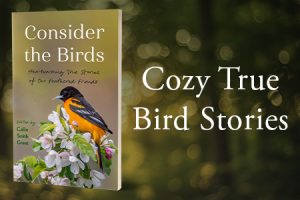



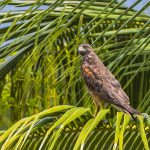
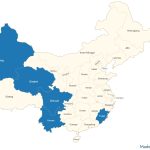
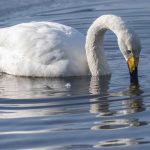
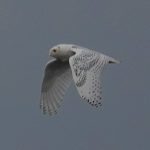
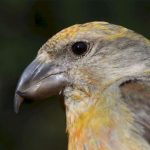


PFAS was found in the water and the soils near where I live in quite high concentrations—the chemicals were first detected in a very affluent city’s drinking water in 2014. Initial public awareness and concern increased significantly in 2018 when a major source of contamination was identified in the local river system and a “Do Not Eat Fish” advisory was issued. The chemicals were traced to a manufacturing plant in a completely different city 20-30 miles away. To be fair, the affluent city did upgrade its water treatment system with more effective granular activated carbon (GAC) filters to address the contamination in the water. Did this address the contamination? I don’t know. It was a major discussion point for a while, and it occasionally still pops up in the news but, as is common in the United States, then the issue just disappeared into the air. This is how the U.S, deals with problems —whether impacting humans, animals or other environments—make a big deal about it for the necessary amount of time (usually until the next crisis presents itself) then, when everyone stops paying attention, just forget about it. Another such example of this are the wildfires in California specifically and in the West generally. (Homes are being rebuilt in the Palisades). Is anyone surprised that Trump stopped publication of the 2018 Politico report? Now major crises occur on a daily basis and they receive daily coverage; that is, until the next crisis the following day. I apologize for the sourness of my comment on the wonderfully diverting 10,000 Birds platform. Unfortunately, my head has never been in the sand.
The devil’s piss…